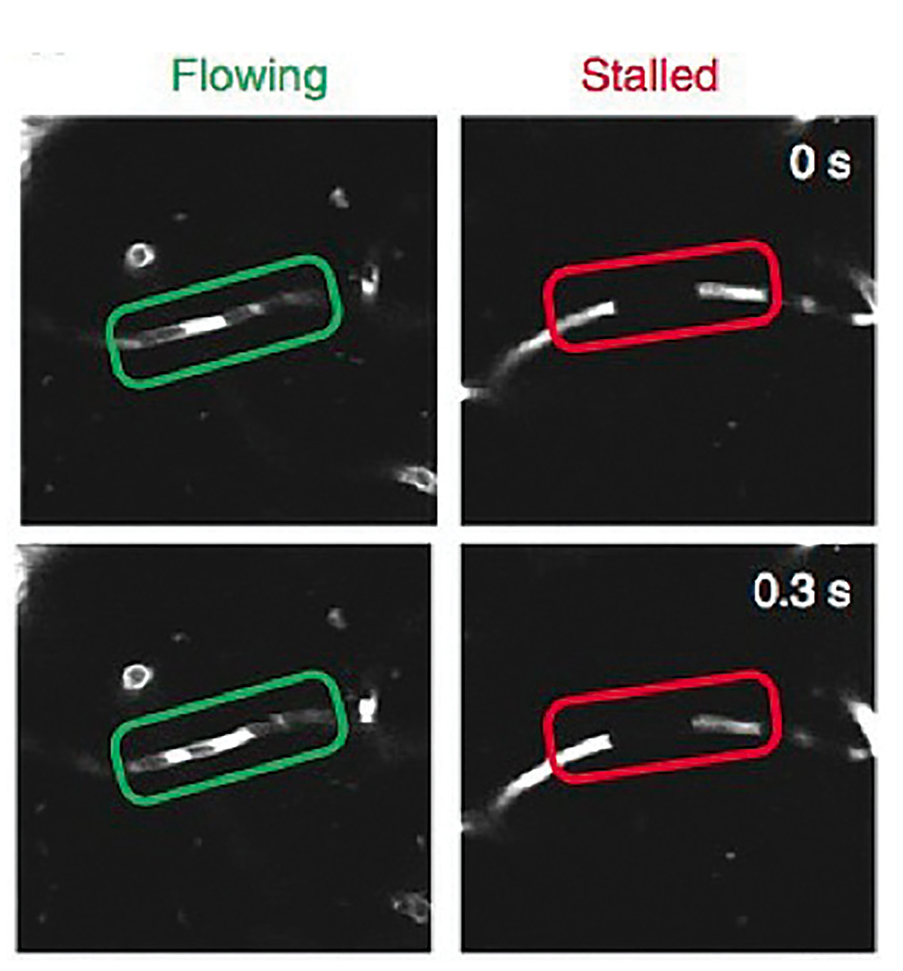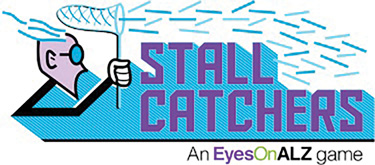Citizen Science
Accelerating Alzheimer’s Research With Stall Catchers
Alzheimer’s disease affects nearly 50 million people worldwide, and there is no known cure or treatment. Researchers are investigating connections between reduced blood flow in the brain and Alzheimer’s. Stall Catchers, created by the Human Computation Institute at Cornell University, is an online citizen science game designed to speed up Alzheimer’s disease research. Stall Catchers was designed to help comprehensively examine the abundance of data that researchers have gathered. The project invites the global citizen science community to play games online in an effort to gamify the analysis of data. In one hour of playing the game, citizen scientists are able to analyze what it takes scientists one week to accomplish in a lab setting.
- Project goal: Accelerate Alzheimer’s Research
- Your task: Play an online game and contribute to scientific research
- Science discipline: Life Science
On the project website (See “Project Home”), there are a number of helpful resources, videos, and tutorials for students. The project additionally features an educator resource page and a blog that highlights the science behind the citizen science project (See “Educator Page” and “Project Blog”). The game can be played on any device, including tablets, smartphones, or laptops.
Stalls in the brain (clogged blood vessels) reduce blood flow by one-third, and Cornell researchers have found a link between the presence of stalls and Alzheimer’s. When your students play Stall Catchers, they will essentially “catch” stalls by viewing and analyzing movie clips featuring the brains of mice with Alzheimer’s disease. During the game, students will score the blood vessels as “flowing” or “stalled” (See Figure 1).

Images from the Stall Catchers game: Flowing vs. Stalled comparison.
In the game, movie clips appear as a virtual microscope on the screen. Viewers will look for the movement of blood cells in flowing blood vessels. When flowing blood is not observed, players will indicate the presence of clogged vessels, or stalls. As students search for and catch stalls they will accumulate points, build up their score, advance in levels, compete for leaderboard spots, and can even receive digital badges for their achievements in the game. Students find it incredibly exciting and rewarding to be able to play a role in this cutting-edge research that has the potential to save lives.
Addressing Alzheimer’s disease is a 21st-century global health priority. Students can be a part of this critical work and help to accelerate the research when they play Stall Catchers. The Stall Catchers project is also an excellent way to get involved in Global Citizen Science Month. Held each April, Citizen Science Month is a global celebration of science that we can do together (See “Global Citizen Science Month”). During Global Citizen Science Month each year, classrooms often engage in collegial competitions to see which team can attain the highest amount of Stall Catchers points within a set timeframe. Stall Catchers can be a fun, meaningful way for students to contribute to science and engage in Global Citizen Science Month.
Throughout the month of April, Global Citizen Science Month virtual events, webinars (including a weekly citizen science educator webinar series), and more will take place; many online resources (including tutorials and certificates) are available to share with students (See “Calendar,” “Resources,” and “Tutorial”). You are also encouraged and invited to add events to the Global Citizen Science Month website.
Stall Catchers at a glance
When: Anytime.
How: Visit the Stall Catchers website and click to register, log in, and get started. The website provides helpful getting started overviews and tutorials.
Where: Anywhere.
Time needed: As much time as desired; 15 minutes per week is ideal.
Special equipment needed: None.
Cost: No cost to participate.
Contact for more information: teachers@eyesonalz.com
Safety: As with any science lab, classroom, or field activity, always ensure that you are following recommended safety practices; for more information on safety in the science classroom visit www.nsta.org/safety.
Helpful Project Links:
- Project Home: https://stallcatchers.com/main
- Educator Page: https://stallcatchers.com/educators
- Project Blog: https://blogs.hcinst.org/tag/science/
- Video Collection: https://www.youtube.com/playlist?list=PLOXMOfnh9jPl6469VAOtGHiNbLeuW8sMn
- Project Page on SciStarter: https://scistarter.org/stall-catchers-by-eyesonalz
- Project Page on SciStarter Education: https://scistarter.org/education/stall-catchers-education
- Global Citizen Science Month: http://citizensciencemonth.org/
- Calendar: https://scistarter.org/calendar
- Resources: https://scistarter.org/citizensciencemonth-resources
- Tutorial: https://bit.ly/2Jnu5KG
This column is the result of a partnership between SciStarter and the National Science Teaching Association. For more information about SciStarter and other citizen science projects, please visit www.scistarter.org.
Citizen Science Life Science High School



